New imaging technique can visualize the dynamics of magnetic structures in three dimensions for the first time.
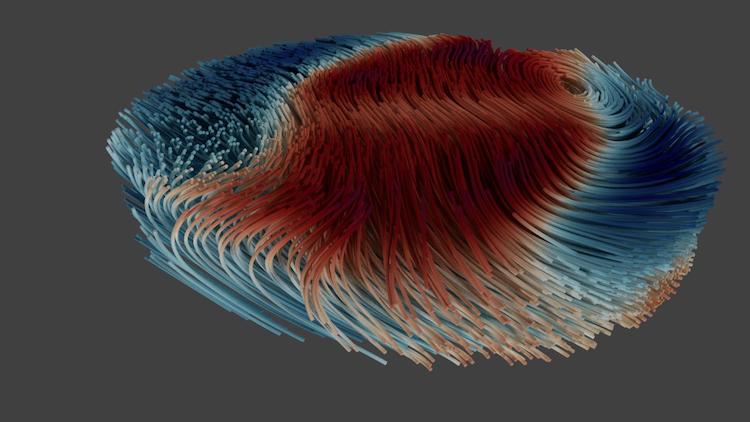

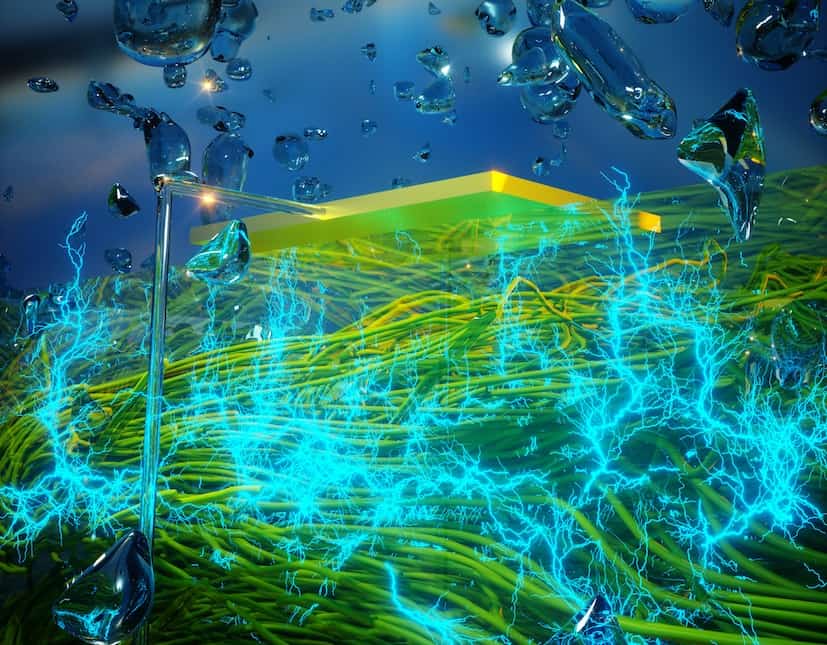
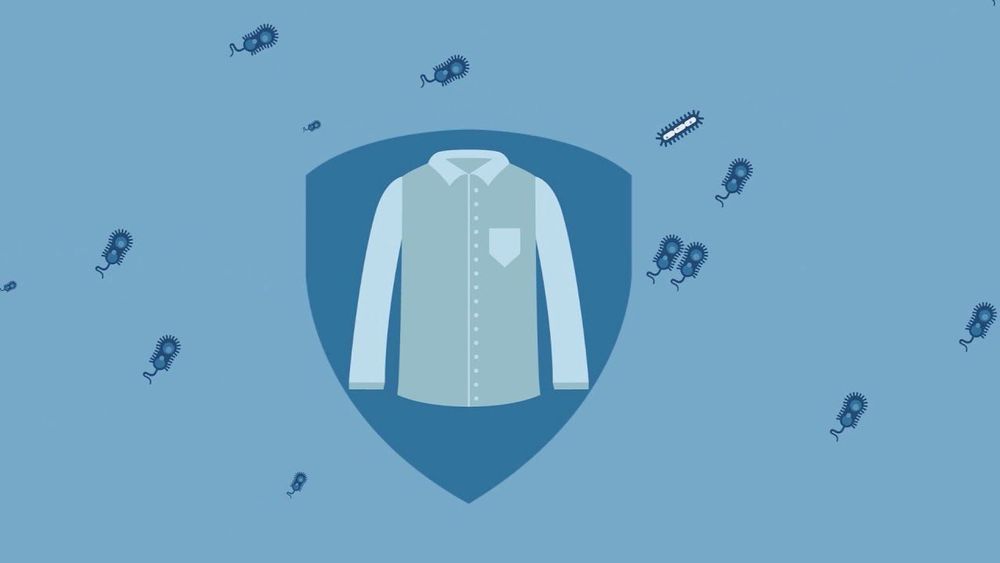
Sonovia’s textiles are resistant to bacteria and fungus; firm hopes its tech will also work against viruses; has sent samples for testing to China.
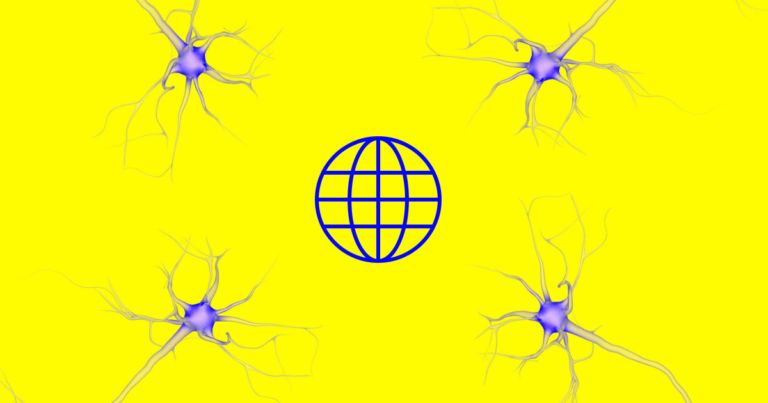
For now, it’s a simple network. But, it could be an important first step toward smarter and more adaptive prosthetics and brain-computer interfaces — and potentially lay the groundwork for a world where neural implants create real brain networks.
“On one side it sets the basis for a novel scenario that was never encountered during natural evolution, where biological and artificial neurons are linked together and communicate across global networks; laying the foundations for the Internet of Neuro-electronics,” Themis Prodromakis, a nanotechnology researcher and director at the University of Southampton’s Centre for Electronics Frontiers said in a press release.
“On the other hand, it brings new prospects to neuroprosthetic technologies, paving the way towards research into replacing dysfunctional parts of the brain with AI chips.”

“The possibility that 100 years old might become the new 60” : EXCELLENT SLOGAN that doesn’t resort to the troublesome” I word” (“Immortality”)! Good article to share with non-science friends: light on hard science, but good emotional impact, incl. that catchy slogan.
Technology hasn’t just improved our lives; it’s also extended them — considerably.
For most of history, humans lived about 25 years. Real acceleration emerged at the turn of the 20th century, when everything from the creation of antibiotics to the implementation of better sanitation to the increased availability of clean water, and the ability to tackle killers like cancer and heart disease has us living routinely into our 80s. But many scientists believe we’re not stopping there.
Technological convergence is fueling this conviction. The intersection of artificial intelligence, cloud computing, networks, sensors, robotics, massive datasets, biotechnology and nanotechnology is taking direct aim at the limits of human lifespan.


For the first time, researchers have used light to control the shape of nanoparticles and create micron-size hollow shells from crystals of cuprous oxide (copper and oxygen). Such particles could have future applications as a low-cost catalyst to help pull excess carbon dioxide from the air, a way to improve microscopic imaging and more, says Bryce Sadtler, a chemist at Washington University in St. Louis and senior author of a study on the new method, published last October in Chemistry of Materials.
Hollowed-out microcrystals could lock away carbon.

I’ve been reading an excellent book by David Wood, entitled, which was recommended by my pal Steele Hawes. I’ve come to an excellent segment of the book that I will quote now.
“One particular challenge that international trustable monitoring needs to address is the risk of more ever powerful weapon systems being placed under autonomous control by AI systems. New weapons systems, such as swarms of miniature drones, increasingly change their configuration at speeds faster than human reactions can follow. This will lead to increased pressures to transfer control of these systems, at critical moments, from human overseers to AI algorithms. Each individual step along the journey from total human oversight to minimal human oversight might be justified, on grounds of a balance of risk and reward. However, that series of individual decisions adds up to an overall change that is highly dangerous, given the potential for unforeseen defects or design flaws in the AI algorithms being used.”
The fifteen years from 2020 to 2035 could be the most turbulent of human history. Revolutions are gathering pace in four overlapping fields of technology: nanotech, biotech, infotech, and cognotech, or NBIC for short. In combination, these NBIC revolutions offer enormous new possibilities: enormous opportunities and enormous risks.
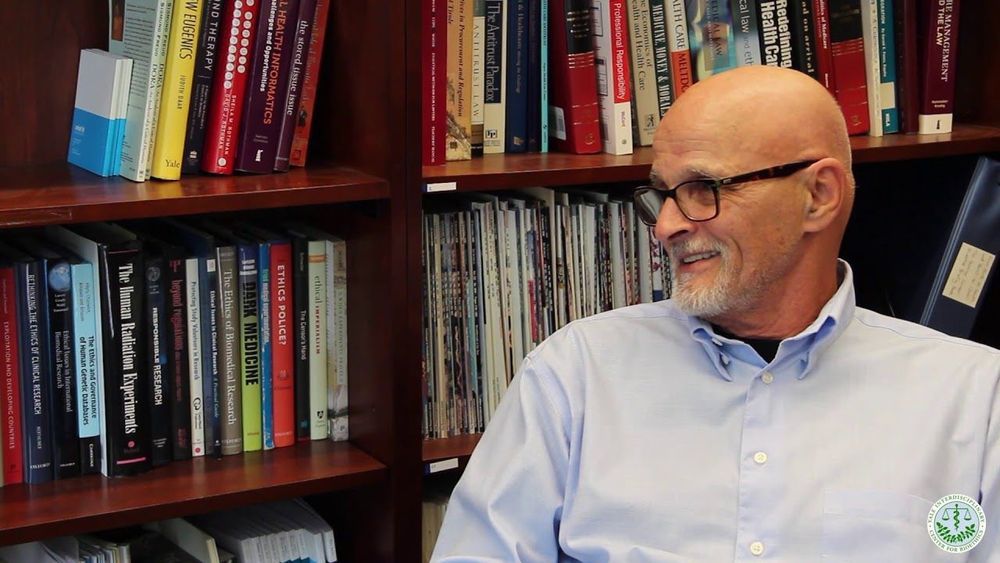
It is in this second phase when Darwinian evolutionary rivers will merge with the rivers of intelligent designers, represented by scientists, programmers and engineers, who will fuse organic natural biology, synthetic biology, and digital technology into a unified whole that future generations will deem their anatomy. The merger will serve to afford greater intelligence and, longer, healthier lives. In exchange, we will relinquish actual autonomy for apparent autonomy, where what was once considered “free will” will be supplanted by the deterministic logic of machinery somewhere in the mainstream of our unconscious.
Although in-the-body technology will have an explosive effect on commerce, entertainment, and employment, in the near term the concentration will be on medical devices, such as the innocuous pacemaker (essentially a working silicon-based computer, with sensors, memories, and a stimulation device with telecommunications to the outer world). In a second epoch, these devices will be gradually down-sized by advances in synthetic DNA, molecular- and nano-sized processors, each deployed alongside and within cells and organs as permanent non-organic, internal adjuncts to our anatomy for use as: nano-prosthetics, nano-stimulators/suppressors, artificial organ processors, metabolic and cognitive enhancers, and permanent diagnostic tools to ensure our physical and psychological well-being as we head toward a practically interminable lifetime.[6]
Will a wide-spread practice of installing technology into the body fundamentally change human essence? Our sense of self-sufficiency, authenticity, or individual identity? Will it change that numerical identity, the one “I” as some static aspect of ourselves (as self-consciousness as idealized by Locke)? Or will it change our narrative identity, our unseen internal human form, to eventually redefine what it means to be human?[7].
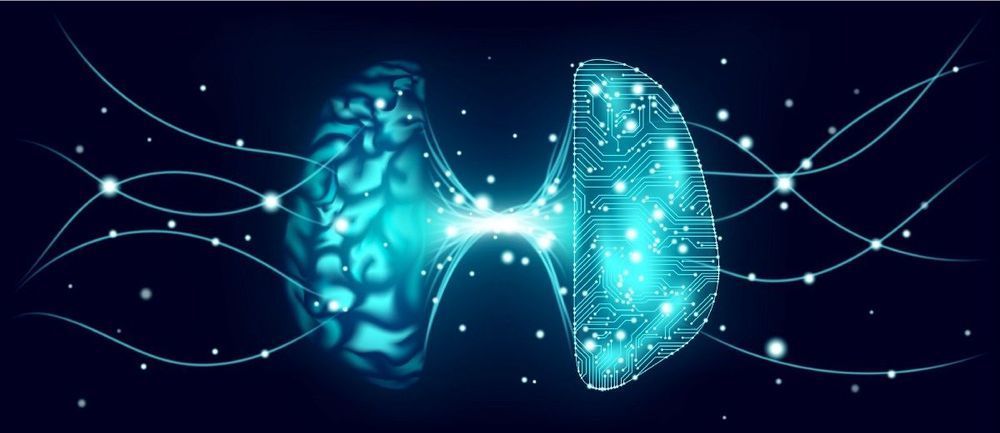
By definition, posthumanism (I choose to call it ‘cyberhumanism’) is to replace transhumanism at the center stage circa 2035. By then, mind uploading could become a reality with gradual neuronal replacement, rapid advancements in Strong AI, massively parallel computing, and nanotechnology allowing us to directly connect our brains to the Cloud-based infrastructure of the Global Brain. Via interaction with our AI assistants, the GB will know us better than we know ourselves in all respects, so mind-transfer, or rather “mind migration,” for billions of enhanced humans would be seamless, sometime by mid-century.
I hear this mantra over and over again — we don’t know what consciousness is. Clearly, there’s no consensus here but in the context of topic discussed, I would summarize my views, as follows: Consciousness is non-local, quantum computational by nature. There’s only one Universal Consciousness. We individualize our conscious awareness through the filter of our nervous system, our “local” mind, our very inner subjectivity, but consciousness itself, the self in a big sense, our “core” self is universal, and knowing it through experience has been called enlightenment, illumination, awakening, or transcendence, through the ages.
Any container with a sufficiently integrated network of information patterns, with a certain optimal complexity, especially complex dynamical systems with biological or artificial brains (say, the coming AGIs) could be filled with consciousness at large in order to host an individual “reality cell,” “unit,” or a “node” of consciousness. This kind of individuated unit of consciousness is always endowed with free will within the constraints of the applicable set of rules (“physical laws”), influenced by the larger consciousness system dynamics. Isn’t too naïve to presume that Universal Consciousness would instantiate phenomenality only in the form of “bio”-logical avatars?